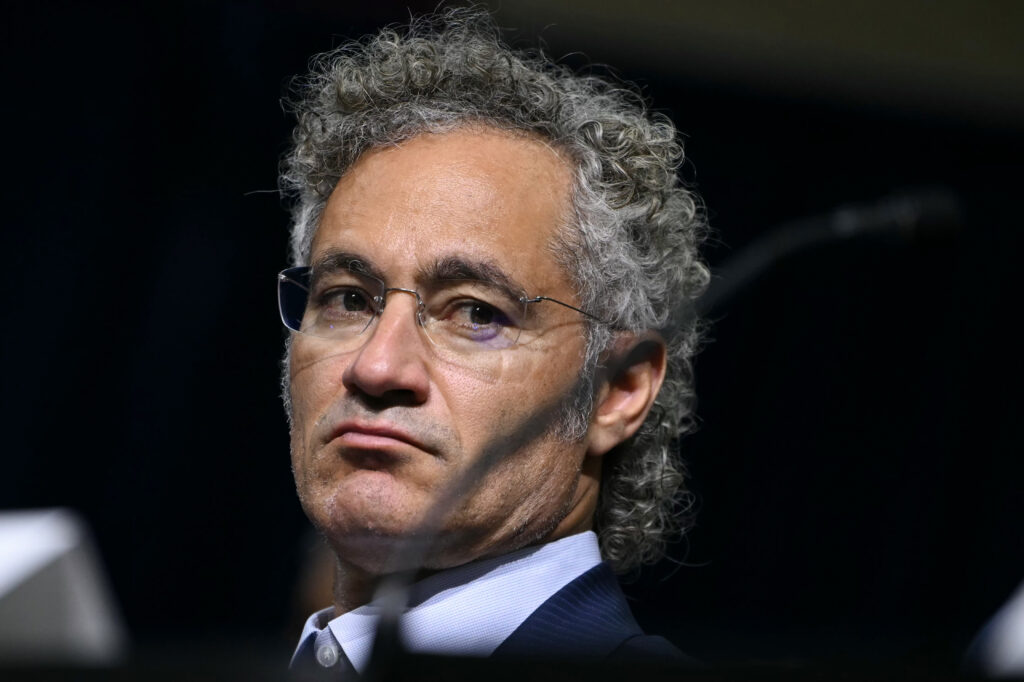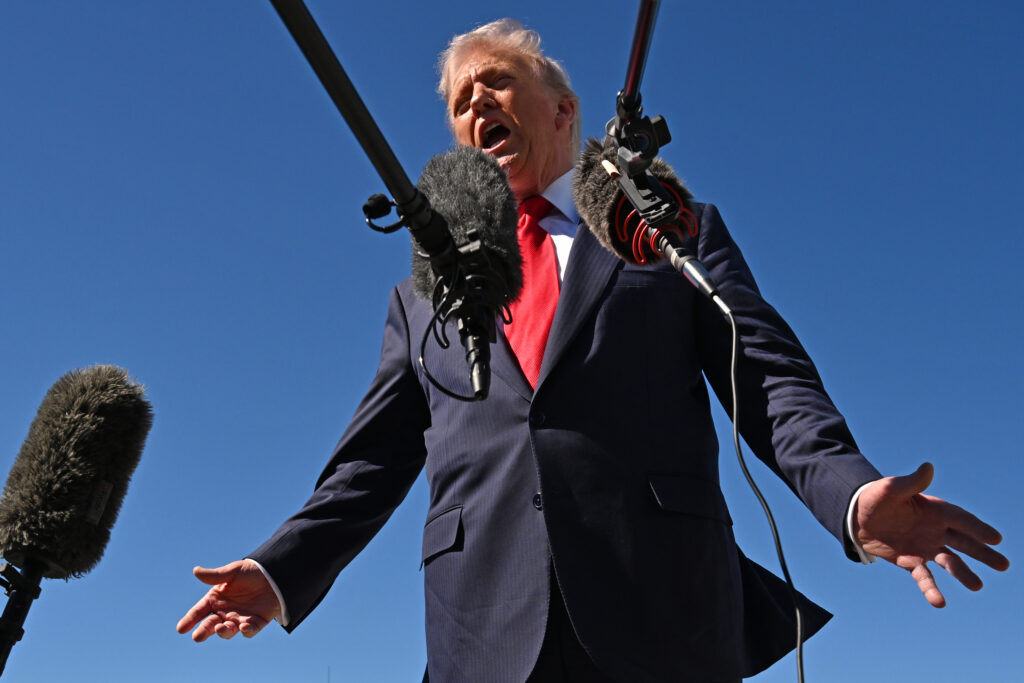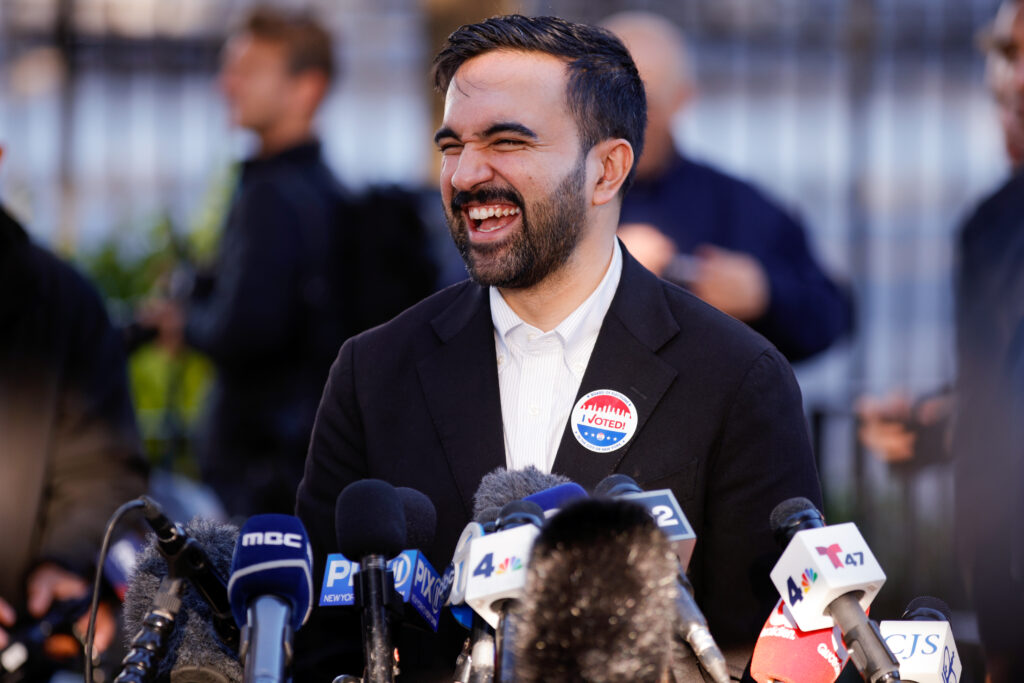Democrats win New Jersey, Virginia in early test of Trump’s second term
Moderate Democrats Abigail Spanberger and Mikie Sherrill cruised to comfortable victories in the Virginia and New Jersey governors’ elections on Tuesday, on an election night seen as a referendum on Donald Trump’s second presidential term.Pitting centrist Democrats against Trump-aligned Republicans, both elections were seen as signaling whether middle-of-the-road voters had made peace with the president’s radical cost-slashing agenda — or plan to give his party a bloody nose in 2026.Trump has driven a steamroller through the federal bureaucracy since returning to office in January, shuttering entire agencies and cutting an estimated 200,000 jobs even before the government shutdown.Spanberger’s win in Virginia — which is second only to California in the size of its federal workforce — was no surprise, as polls had shown her holding a steady lead of seven to 12 points throughout the campaign.The former CIA officer and three-term congresswoman was projected to beat Republican Lieutenant Governor Winsome Earle-Sears, a Marine veteran and staunch Trump ally, by a comfortable margin that makes her Virginia’s first-ever female governor. “You all chose leadership that will focus relentlessly on what matters most — lowering costs, keeping our communities safe and strengthening our economy for every Virginian,” Spanberger said in her victory speech.- Pledge to stand against Trump -Casting herself as a bulwark against Trump’s aggressive federal downsizing, Spanberger vowed to be “a governor who will stand up” for the thousands of federal workers laid off by Trump’s Department of Government Efficiency.Earle-Sears ran a campaign aimed at firing up conservatives, mirroring the playbook of outgoing, term-limited Republican Governor Glenn Youngkin to focus on culture war issues such as transgender athletes and abortion.In New Jersey, Democratic former Navy pilot Mikie Sherrill was also seen as the favorite, although she was locked in a closer battle with Republican businessman Jack Ciattarelli.The race became increasingly tight in the home stretch, with some polling showing it as a margin-of-error tussle that could go either way.But Trump’s decision to freeze funding for the Hudson Tunnel project — a vital link between New Jersey and New York — was seen as an important boost for Sherrill, who had built up a double-digit lead by the time her race was called. On a pivotal day in US democracy, with elections at various levels of government taking place across the country, Pennsylvanians were picking new state supreme court justices while California was delivering its verdict on redistricting measure Proposition 50.California Governor Gavin Newsom spearheaded the plan to redraw congressional districts in response to Trump pressuring Texas into a rare and contentious mid-decade redistricting.The Texas move, aimed at yielding five more Republican seats in the closely divided US Congress, would likely be canceled out by approval for Proposition 50 in left-leaning California.








